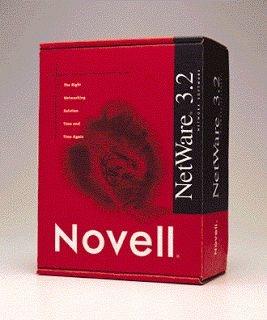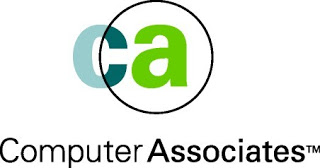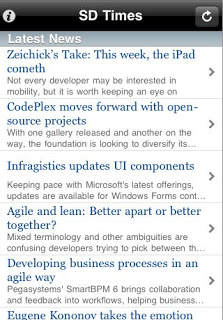 Microsoft has many, many enemies. Microsoft is threatened on the Internet front by Google, on smartphones by Apple, on developer tools by IBM Rational, on databases by Oracle, and on game platforms by Sony and Nintendo.
Microsoft has many, many enemies. Microsoft is threatened on the Internet front by Google, on smartphones by Apple, on developer tools by IBM Rational, on databases by Oracle, and on game platforms by Sony and Nintendo.
Yet the earliest Undesirable No.1 was Novell. Since the early 1980s, NetWare platform defined small-business local area networks. The software operating system was ubiquitous and reliable, but also expensive, difficult to create apps for, and required most businesses to use resellers and consultants to manage their LANs.
Microsoft saw an opportunity to offers a simpler solution, and Windows NT Server ate Novell’s lunch. Sure, Windows NT Server was less efficient and less stable than NetWare, but small businesses could manage Windows NT themselves (and that was huge) and could write their own server-side applications (which was also huge).
Write a Windows application or develop an NLM? Work with a NetWare reseller or buy Windows off the shelf? Use Netware’s IPX/SPX or use a network that spoke TCP/IP? Bye-bye, NetWare.
Since its long-ago NetWare-centric glory days, Novell has become a hodgepodge of technologies. It bought Unix Systems Laboratories and sold part of it to SCO. It developed GroupWise, an email platform that always seemed to have great promise, but which never could get a foothold and which was pummeled by Microsoft’s Exchange and IBM’s Lotus Notes. Novell also created Novell Directory Services, but that was taken down by Microsoft’s Active Directory. The company bought WordPerfect and created an office suite, but nobody even noticed.
Where Novell has excelled lately is with Linux, thanks to its purchase of SuSE in 2003. But jumping into Linux also put Novell squarely in Microsoft’s crosshairs yet again, as during that time Linux was beginning to make serious inroads against Windows Server, particularly for Web servers. The enterprise-class SuSE Linux was a much bigger threat to Windows Server than Red Hat or other Linux distros.
Now we learn that Novell is being purchased by Attachmate, best known for its mainframe terminal emulators and host integration systems. Okay, I’ll admit – I didn’t see that coming. Last week, if you’d asked me to name 25 potential acquirers of Novell, Attachmate wouldn’t be on that list. Heck, if I’d written a list of 250 likely buyers, Attachmate wouldn’t have made that list either.
Microsoft is simultaneously is buying intellectual property from Novell. The 8-K investment notification paperwork filed by Novell on Nov. 21 said,
Also on November 21, 2010, Novell entered into a Patent Purchase Agreement (the “Patent Purchase Agreement”) with CPTN Holdings LLC, a Delaware limited liability company and consortium of technology companies organized by Microsoft Corporation (“CPTN”). The Patent Purchase Agreement provides that, upon the terms and subject to the conditions set forth in the Patent Purchase Agreement, Novell will sell to CPTN all of Novell’s right, title and interest in 882 patents (the “Assigned Patents”) for $450 million in cash (the “Patent Sale”).
This raises many questions. It is unclear what those patents are – or what role, if any, Microsoft may have played in Attachmate’s decision to buy Novell, and if there are any side agreements between the two companies. (It’s unlikely that Microsoft would have been able to buy Novell itself, because this this would raise many, many anti-trust issues.)
It’s also unclear about what’s going to happen to Novell’s assets, other than those mysterious patents. Will Attachmate want them all? Will it sell some of Novell’s business lines to other companies (such as selling SuSE Linux to VMware, which appears to be a persistent rumor)?
Neal Sedaka wrote in 1962 that “breaking up is hard to do.” In this case, I suspect that Novell will be broken up into lots of little pieces. The big winner here is Microsoft, which will finally have seen one of its oldest enemies not merely defeated – but actually utterly destroyed.




























